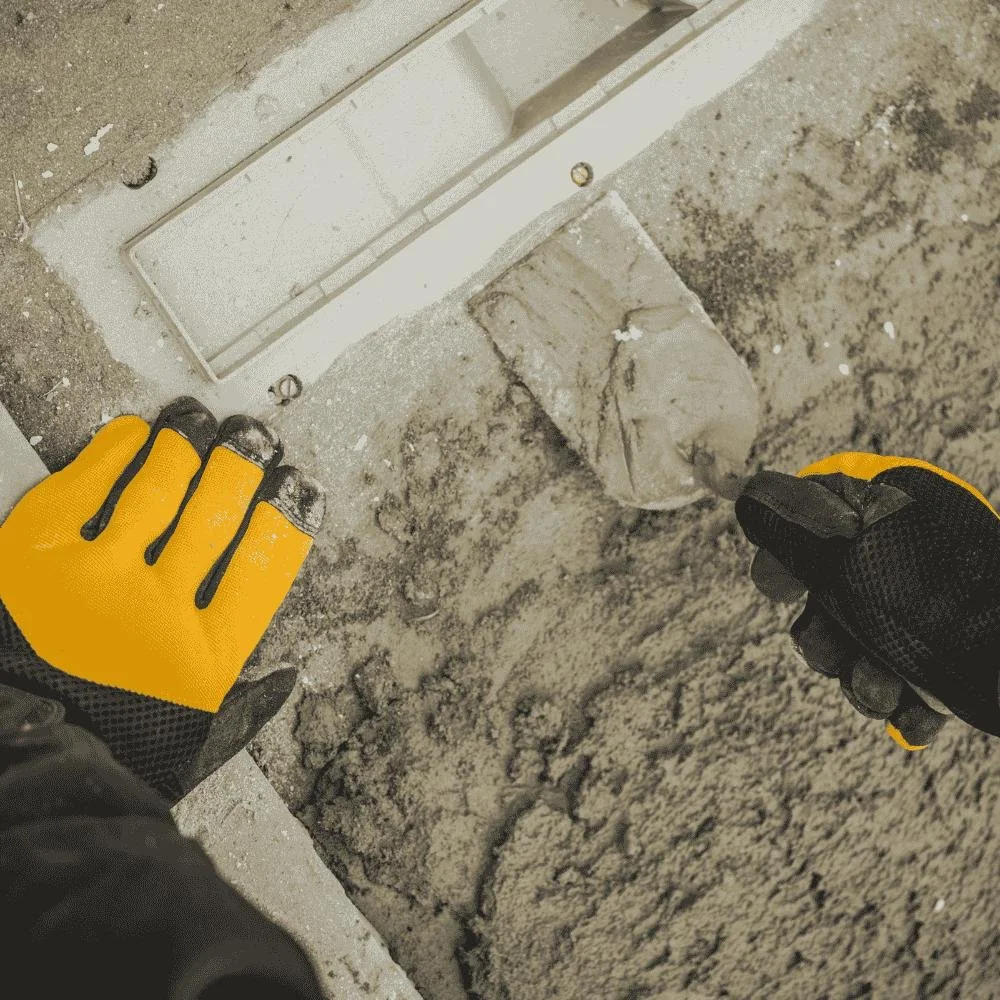Prevent Flooding with Professional Floor Drain Installation
Whether in a basement, garage, commercial kitchen, or laundry room, properly installed floor drains work behind the scenes to keep spaces clean, dry, and protected.
Floor drains aren’t glamorous, but when water starts pooling where it doesn’t belong, they quickly become the heroes of the hour. Whether in a basement, garage, commercial kitchen, or laundry room, properly installed floor drains work behind the scenes to keep spaces clean, dry, and protected. When installed by a professional, they quietly prevent chaos, one drop at a time.
Managing Water Where It Counts
Water doesn’t always follow the rules. A leaky appliance, a heavy rainstorm, or an unexpected plumbing issue can lead to unwanted puddles that slowly creep across the floor. Floor drains provide a built-in route for water to exit the area efficiently, helping to protect flooring, walls, and anything stored nearby.
In homes, drains are often found in basements, utility rooms, or garages—places prone to leaks and excess moisture. In commercial spaces, they’re essential in kitchens, restrooms, and anywhere with constant cleaning or liquid use. No matter the setting, their purpose remains the same: move water out before it causes trouble.
Sloping and Placement Make All the Difference
An effective floor drain starts with thoughtful planning. Water will not move uphill, and drains positioned in the wrong spot may as well be decorative. Professional installers understand how to create the ideal slope, allowing water to flow naturally toward the drain without requiring a mop or a miracle.
The surrounding floor should angle slightly to create a smooth path for drainage. Too steep, and it creates an awkward surface. Too flat, and water stays put. Skilled plumbers know how to strike the perfect balance, taking into account the room’s layout and usage. Precision here prevents standing water, slip hazards, and long-term damage.
Sizing It Right for the Space
Not every drain is suited for every job. A cozy residential laundry room won’t need the same capacity as a busy commercial kitchen. Using the wrong drain can lead to clogs, backups, or simply an overwhelmed system. A professional installation tailors the size, design, and materials of the drain to match the environment it serves.
Drain size affects flow rate. Too small, and the drain will struggle to handle peak water volume. Too large, and it becomes inefficient and more expensive than necessary. Choosing the right materials also plays a role. Stainless steel may be suitable for high-traffic commercial spaces, while plastic or brass models work well in residential settings. Professionals understand these nuances and make decisions that prevent problems before they start.
Keeping Odors at Bay
A dry drain can create a new problem: odor. Without water in the trap beneath the floor, gases from the sewer or septic system can rise and fill the space with unpleasant smells. A properly installed floor drain incorporates features to avoid this scenario.
Some drains use trap primers to maintain a steady water level. Others include venting systems to balance pressure. Either way, a thoughtful installation keeps smells where they belong—down the pipe and out of sight.
Defending Against Floods
Flooding often begins quietly. Water seeps in around the edges, unnoticed at first. Then it spreads, warping wood, damaging drywall, and inviting mold to establish a foothold. A floor drain acts like an open door for that unwanted water, offering a fast exit route that protects the structure and everything inside it.
In a commercial building, that protection translates to uninterrupted operations and reduced liability. In a home, it means no ruined carpet, swollen floorboards, or emergency repair bills. It’s hard to overstate the relief that comes from knowing water has a place to go.
Saving Time and Expense Down the Road
Water damage repair is messy, expensive, and rarely quick. A single surprise leak can lead to mold remediation, foundation repairs, or even complete floor replacement. Professional floor drain installation provides long-term protection and avoids those costly detours.
A correctly installed drain requires very little maintenance. Occasional cleaning and an occasional trap refill are often all that’s needed to keep it running smoothly. Compared to the potential for flood damage, that’s a tradeoff most property owners can appreciate.
Making the Job Look Easy
What appears simple on the surface is rarely so. Installing a floor drain involves cutting into the flooring, connecting new plumbing lines, calculating the slope, and adhering to local building codes. It’s not just about placing a drain—it’s about integrating it seamlessly with the existing system.
Licensed plumbers handle all the behind-the-scenes work, including obtaining permits, complying with local regulations, and meeting technical specifications. They bring experience and accuracy, thereby avoiding the headaches associated with trial-and-error DIY efforts. The result is a drain that works quietly in the background, ready when needed and nearly invisible when not.
The Right Installation for the Right Outcome
Floor drains play a substantial role in maintaining dry, safe, and functional spaces. In high-traffic areas, they keep operations moving. In homes, they guard against surprise messes. A professionally installed drain performs its job without drama, keeping water in check and out of sight.
Property owners looking to install floor drains are making a smart choice for both protection and convenience. A well-installed system adds peace of mind, value, and functionality without occupying space or requiring attention. Quiet, efficient, and reliable—floor drains are the unsung heroes of smart plumbing.

